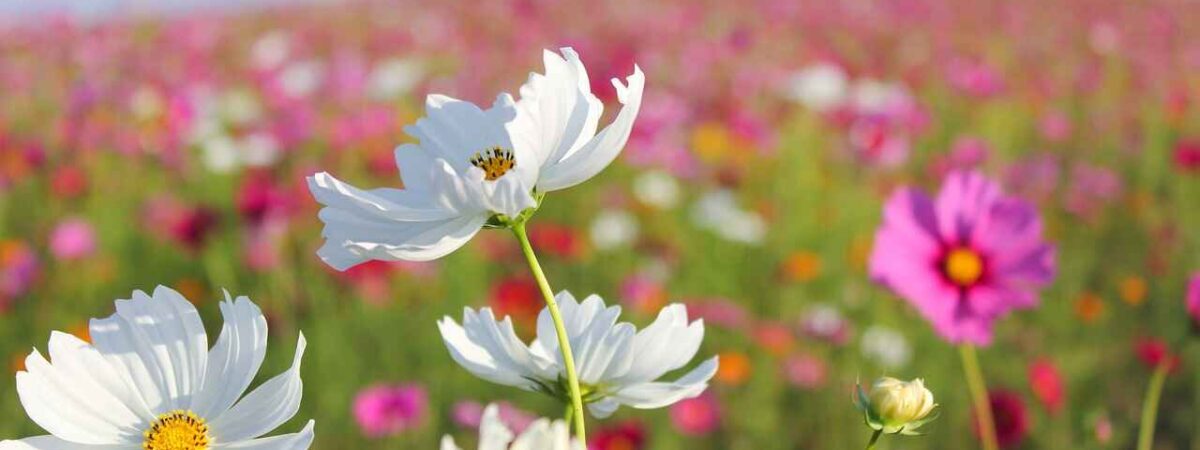Growing flowers indoors is a beautiful way to bring life and beauty into your house.
Many indoor plants are not only gorgeous to look at, but they also have lovely smells that make your house smell wonderful.
Plants can purify the air, soften and add a natural touch to our home decor, and reduce mental stress.
This explains why humans are so attracted to them Houseplants can improve our physical and mental health in addition to making our homes look beautiful and feel more vibrant.
These 10 aromatic houseplants will leave your home feeling wonderful and looking lovely.
Best Aromatic houseplant
Miniature Roses
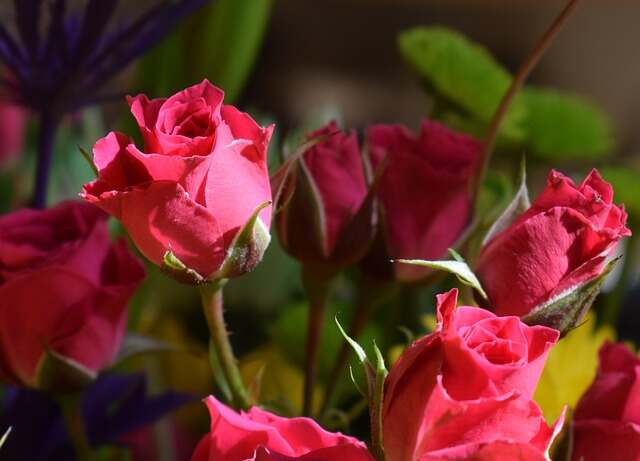
There are many types of miniature roses, but when it comes to smelling beauty, the “sensational” and “sweet chariot” plants top the list.
If pruned and given a lot of sun, they can bloom multiple times a year. An indoor trellis may be necessary for the trailing or spreading varieties. Make sure their soil is nutrient-rich, somewhat acidic, and aerated.
If the flowers are shriveling up before opening and the humidity level is below 40 to 50 percent, think about using a humidifier.
As they bloom in pots and containers, they perform better as “temporary” houseplants. Once you’ve enjoyed them inside, they want to be planted outside for the best growth and flower power.
Remember that there are spikes on these roses, which could be dangerous for small children or animals.
Plant care Tips
- Water: properly draining after full irrigation.
- Light: Place it in a sunny area that doesn’t get too warm.
- Soil: Fertilize in the spring, don’t let roots become too damp.
- Pet Safety: not harmful to dogs or cats.
Plumeria
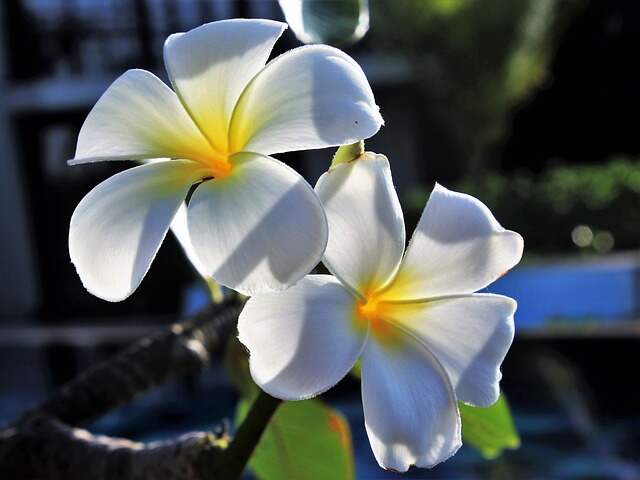
The plumeria, which originates in Hawaii, has a tropical smell sure to conjure up images of island living. It is a tall, narrow tree that is not tolerant of cold, so it is suggested that the room face south.
To guarantee that their plants receive the most sunlight possible, some owners even shift their plants during the day. Ideal indoor temperatures range from 65 to 80 degrees F. It will go a long way if it sprays its leaves and controls the humidity.
During the colder months, reduce watering and allow the plant to go dormant. The pink, yellow, or white blossoms look lovely when used to make a lei or as a garnish for food.
Plant care Tips
- Water: Water deeply, letting the soil dry between applications.
- Light: Full sun is required; south-facing rooms are preferred.
- Soil: Fertilize between dormant seasons on loose soil.
- Pet Safety: Dogs and cats may be toxic, so proceed with caution.
Daffodil
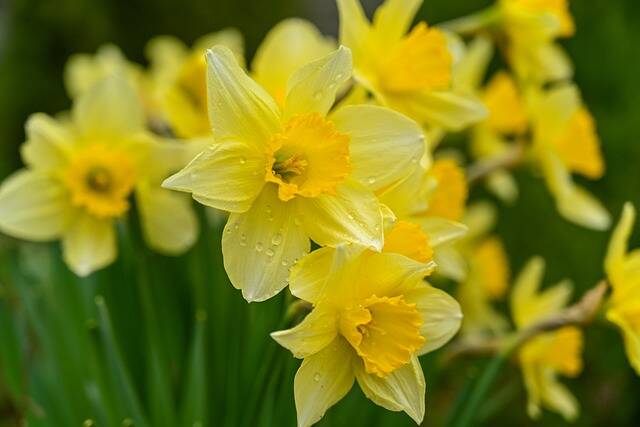
Daffodils are a symbol of spring because of their bright hue and vanilla aroma. There are more than 13,000 different varieties of daffodils, which are amaryllis.
Their flowers need to be kept in a cold, dark spot until they root and grow in order to be planted indoors. If you plant your bulbs in September, they should bloom in time for Christmas if you group 3 to 5 bulbs per pot.
They may need support to prevent falling over. Daffodil flowers remain for several weeks, but after the blossoms drop, they won’t bloom again. They won’t be eaten by deer or rodents, which is good news.
Plant care Tips
- Water: Keep the container moist and keep an eye out for damp roots.
- Light: Allow for full sun, but some shade is acceptable.
- Soil: It is ideal to use loose potting soil; rocks and gravel can aid in drainage.
- Pet Safety: Be careful with dogs and cats because they may be toxic.
Jasmine
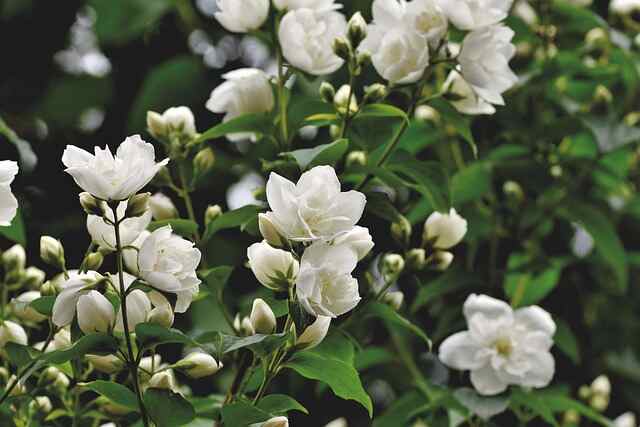
Jasmine is a popular choice for anything from tea to scented candles because of its intense flowery aroma. Although there are about 200 different types of shrubs and vines, not all of them have fragrant flowers.
Make sure to cut or train the branches after the flowers bloom because they have a tendency to grow widely. Although jasmine is relatively simple to grow, it thrives when given lots of water and sunlight.
Place it in a sunny area, preferably with southern exposure, and ensure that the soil is always moist but well-drained. As it grows, it might require a trellis of some form.
Jasmine likes cool air circulation, so the inside temperature shouldn’t be higher than 75 degrees Fahrenheit (as low as 60 F).
Plant care Tips
- Water: water, lots of it.
- Light: Full sun.
- Soil: Loamy and well-drained.
- Pet Safety: not harmful to dogs or cats.
Gardenia
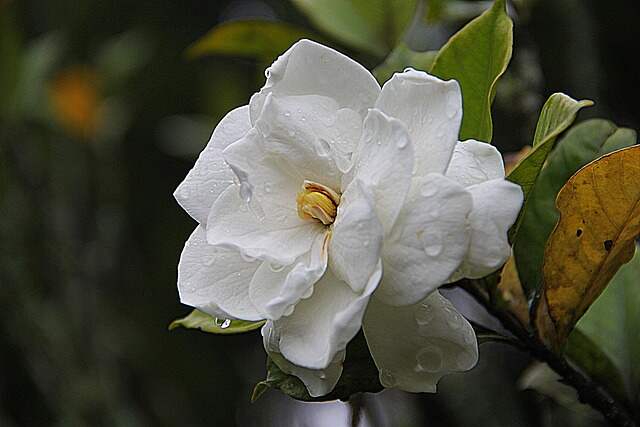
This evergreen bush has lovely white blooms and a delicate scent akin to jasmine.
Even when planted outside, gardenias can be difficult to cultivate, so finding the ideal combination of sunlight, moisture, and temperature may take some time.
They don’t thrive in an environment where they are moved around a lot, so pick a place, preferably one with some humidity, and keep them there for the duration. Watch for pests on the leaves, and get rid of any blossoms as soon as they turn brown.
They prefer ambient temperatures that are colder, around 64 °F during the day and 55 °C at night, and around six hours of sunlight every day. Winter presents difficulties since indoor air dries up.
Grouping plants together, the misting foliage with water in the morning, and running a humidifier are all ways to keep gardenias moist. Never set them close to a hot air vent, and keep them away from draughts.
Plant Care Tips
- Water: Keep the soil moist, but don’t overwater it.
- Light: It needs sunlight but won’t overheat; if under too much shadow, it won’t flower
- Soil: Fertilizing in the summer months prefers slightly acidic soil.
- Pet Safety: harmful to dogs and cats
Hyacinth

The aroma of a hyacinth may be extremely potent for such a delicate flower. You must first “force” them from bulbs in order to cultivate them indoors.
The bulbs should be kept in the dark for several months in a shallow container lined with water and rocks.
Place them in partial to full sun once the roots have taken hold. This will ensure that they develop gently and don’t collapse over as they gain height. They want bright, cold, and airy settings away from a heat source.
Scented Geranium
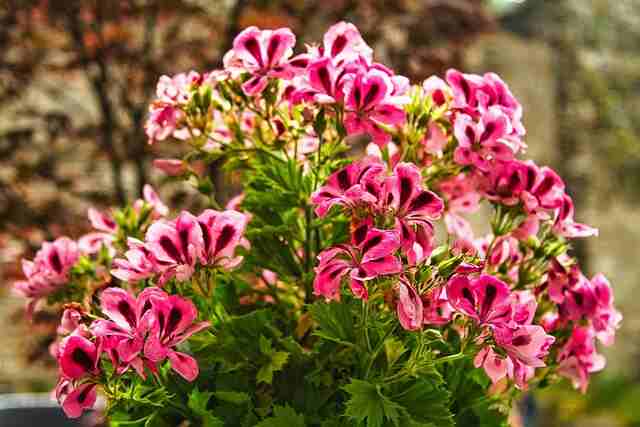
You’ll be astounded by the variety of smells that scented geraniums have to offer once you start exploring their world.
There are many different scents available, including rose, lemon, lime, nutmeg, ginger, and chocolate. Both to touch and to smell, the foliage comes in a variety of leaf forms and textures.
Plant Care Tips
- Water: When the soil feels dry, add water about an inch below the surface.
- Light: Can tolerate some shade but prefer full sun.
- Soil: wet soil with good drainage
- Pet Safety: harmful to dogs and cats
Citrus
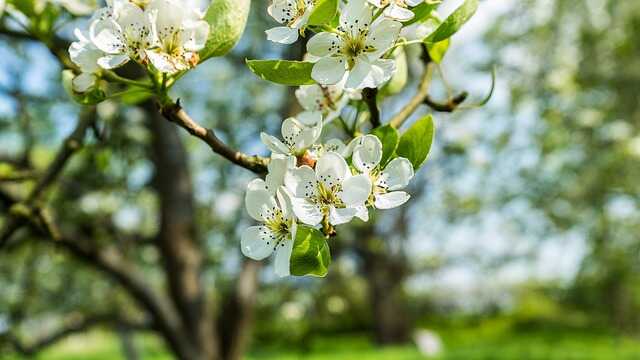
If you give some orange, lemon, and other citrus fruit varieties enough light, they can make good indoor plants.
The lovely scent of their flowers will be your reward. If you’re patient, you might even get to eat fruits that you grew yourself.
Citrus plants from seeds may take years to blossom and are likely to have sharp spines. Buying a named, grafted type of citrus as a houseplant is your best option.
Plant Care Tips
- Water: When the soil feels dry, add water about an inch below the surface
- Light: 8 to 12 hours of sunlight every day
- Soil: favor a soil pH range between 6.0 to 7.0.
- Pet Safety: harmful to dogs and cats
Begonia
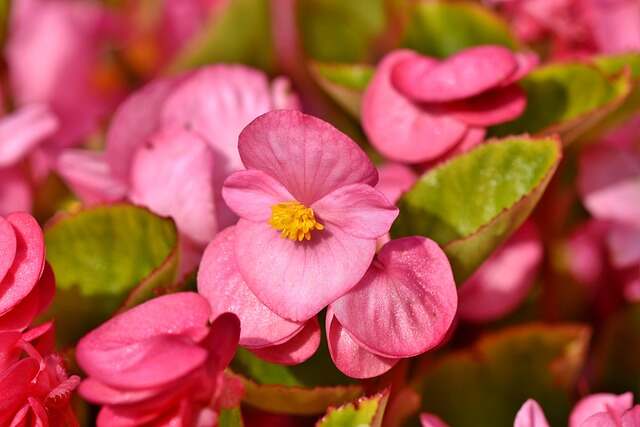
While the majority of begonia types lack perfume, you can use your nose to find fragrant kinds like “Tea Rose” while shopping.
This traditional favorite features beautiful green leaves with clusters of fragrant pink blossoms. For a consistent display of flowers in the spring and summer, give your begonias regular watering and fertilizations.
Plant Care Tips
- Water: every two to four days, water
- Light: Locate foliage begonias away from direct sunlight in a bright area.
- Soil: uniformly moisten the soil.
- Pet Safety: harmful to dogs and cats
Corsage Orchid

Showy corsage orchids, also known as cattleman orchids, are so beautiful to look at that you might forget to smell them.
Variations with the names of celebrities such as Oprah Winfrey and First Ladies such as Jackie Kennedy are also available.
In the spring and summer, give orchids regular watering and fertilizations; in the fall and winter, keep them dryer and colder.
Plant Care Tips
- Water: Watering the established plants should occur every week to ten days.
- Light: Medium-light and warm temperatures.
- Soil: Ensure that the soil is entirely dry between watering.
- Pet Safety: non-toxic to dogs and cats
You may also like to read

